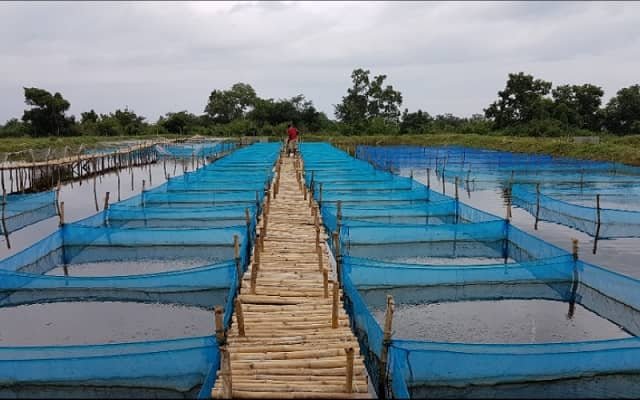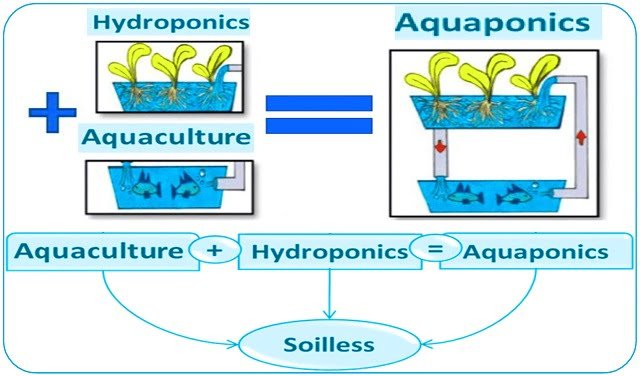This guide consists of five practical factsheets providing information, ideas and examples of how FLAGs can better integrate aquaculture into their area:
Factsheet 1 “Aquaculture as a driver of blue growth in CLLD areas” describes the different types of aquaculture present in FLAG areas, highlighting the wide range of challenges faced by aquaculture, and the potential contribution of the sector to local development.
Factsheet 2 “Addressing consumer and environmental concerns at the local level” underlines the major challenges linked to these key concerns and their impacts on the aquaculture sector and provides examples of activities FLAGs can initiate or support to address these challenges.
Factsheet 3 “Mitigation of user conflicts and facilitating participation in local decisions” focuses on challenges linked to user conflicts that can arise in relation to aquaculture production, providing examples of how FLAGs can help avert such conflicts and enable producers to play a greater role in decision-making processes concerning local spatial planning.
Factsheet 4 focuses on “Diversification of activities within the aquaculture sector”, including recirculated systems, aquaponics, integrated production, etc.
Factsheet 5 looks at “Diversification outside the aquaculture sector”, mainly in the field of tourism, but also in the use of by-products in innovative industries.
Download FARNET Guide #14: https://webgate.ec.europa.eu/fpfis/cms/farnet2/sites/farnet/files/publication/en_farnetguide14.pdf
Stay Always Informed
Join our communities to instantly receive the most important news, reports, and analysis from the aquaculture industry.
Editor at the digital magazine AquaHoy. He holds a degree in Aquaculture Biology from the National University of Santa (UNS) and a Master’s degree in Science and Innovation Management from the Polytechnic University of Valencia, with postgraduate diplomas in Business Innovation and Innovation Management. He possesses extensive experience in the aquaculture and fisheries sector, having led the Fisheries Innovation Unit of the National Program for Innovation in Fisheries and Aquaculture (PNIPA). He has served as a senior consultant in technology watch, an innovation project formulator and advisor, and a lecturer at UNS. He is a member of the Peruvian College of Biologists and was recognized by the World Aquaculture Society (WAS) in 2016 for his contribution to aquaculture.




